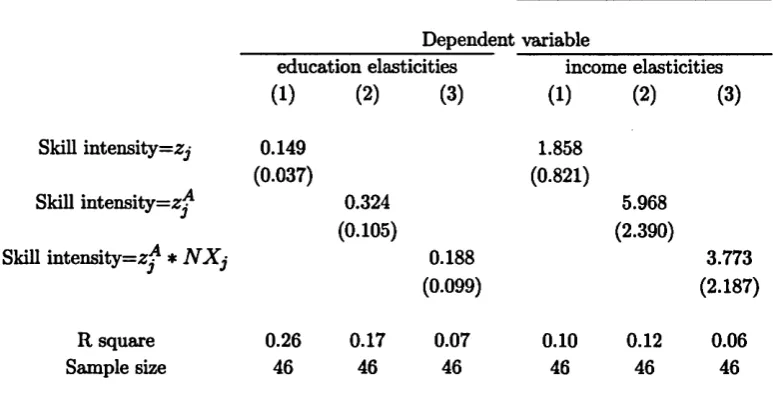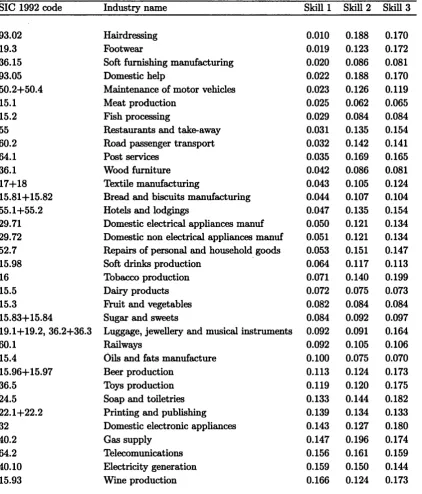Three aspects of wage inequality
Full text
Figure




Outline
Related documents
The purpose of the descriptive correlational study is to: 1) examine the relationships among basic conditioning factors (BCFs; e.g., age, gender, falls,
M u = factored moment at the base of vessel, calculated using load factors in load combinations for uplift cases in Table 4 (“Loading Combinations and Load Factors – Strength
The adapta- tion is based on standard pedagogical relationship types (PRTs) (Albert et al. 2009) like prerequisites ; however in GAT an author creates new PRTs and asso-
Post Graduate Students’ Entrance Examination Result for 2005 E.C Entry Geotechnical
This paper explores evaluative work within the current post-qualifying social work framework and discusses the results of an evaluation of the Vulnerable Adults and Community
States of Nature Favorable Unfavorable Decision p = 0.5 p = 0.5 Large plant $200,000 -$180,000 Small plant $100,000 -$20,000 No plant $0 $0..
The effect of attitudes toward surveys on the probability of not provid- ing income information, of refusing to answer other questions and not being judged perfectly willing to





